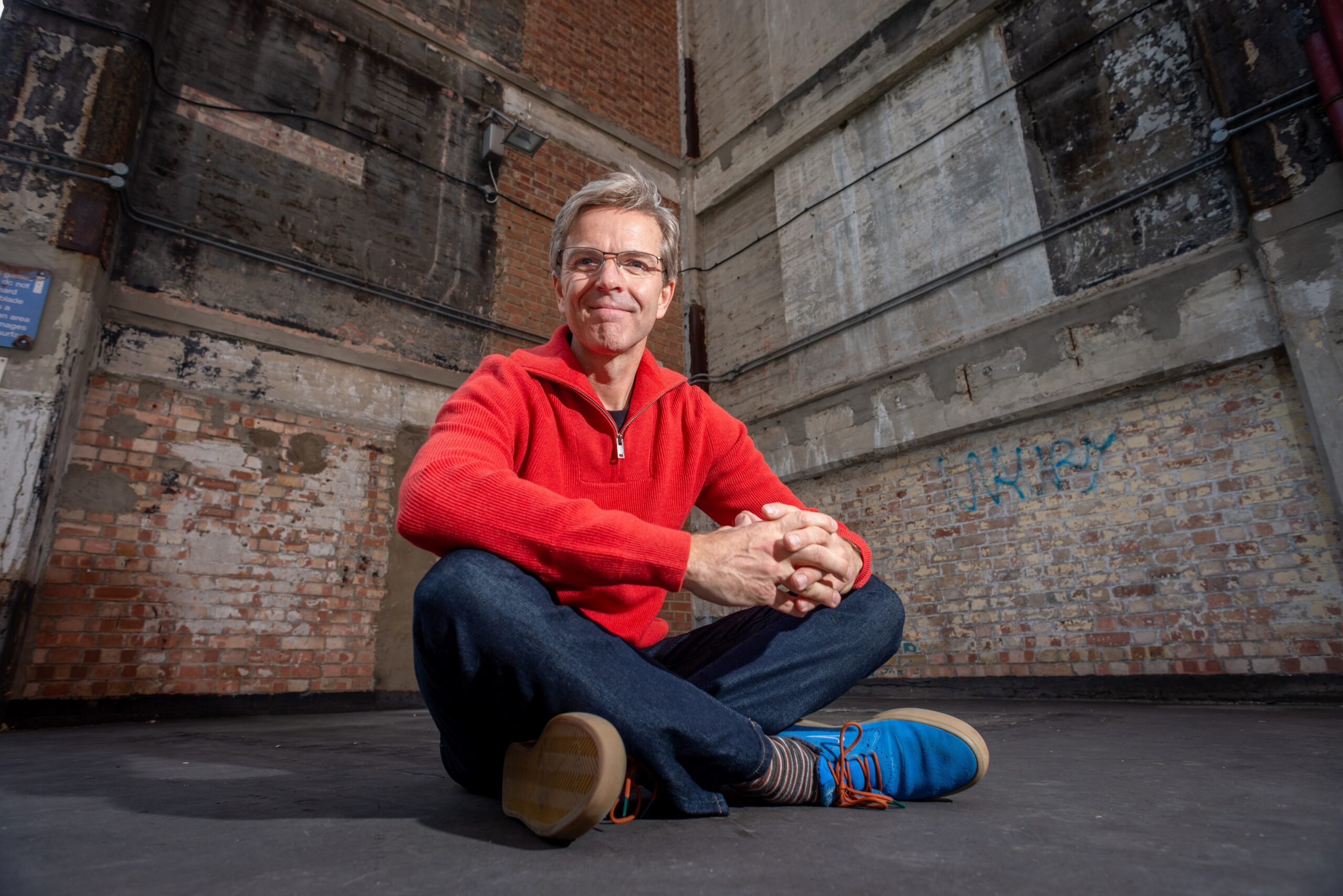Studiospace CEO: “The agency beauty parade needs to end”

“Marketing has been totally reinvented by digital but the way we buy agency services has hardly changed in 50 years,” says Pete Sayburn, founder of Studiospace.
“There’s still this beauty parade of big agencies. Don Draper from Mad Men would be at home there. But it locks out the smaller companies as it’s just too expensive and time-consuming.”
“The agency beauty parade needs to end. Brand managers and marketing heads should be able to access the best talent but, all too often, the best briefs go to the big guys like WPP, IPG and Accenture. We want to give those big media companies and consultants a run for their money.”
The Studiospace tech platform provides a matchmaking service putting big brands together with smaller, specialist independent agencies. Chief marketing officers (CMOs) put a shout out for talent and are matched with relevant suppliers. Studiospace also handles the contracts, invoices and payments.
Since launching in January 2022, the platform has attracted major brands including Aviva, Jaguar Land Rover and Gala Games, as well as over 100 indie agencies.
“The combined workforce of our indie agencies amounts to over 2000 people. So we are, in effect, one of the biggest marketing companies in the world, even though we don’t own any agencies,” Sayburn says.
It’s the second time around for Sayburn and his co-founder Gideon Hyde, who launched and grew innovation company Market Gravity, which they sold to Deloitte in 2017.
“There was this insatiable desire to do it again. We didn’t really need the money, but we wanted to launch a business again but to do it differently. It took us almost a decade to build Market Gravity. This time, we want to do it faster.”
“Throughout my career, I’ve worked with small businesses and I’ve run them myself. So I know first hand how hard it is for a small company to win a contract with a large one.
“Corporate companies often have long-winded procurement processes, preferred supplier lists, paperwork and compliance, which all puts off the smaller companies. It’s just too time-consuming and expensive for the little agencies to jump through all of these hoops.”
In September this year the business gained £1.5m of funding from Fuel Ventures, a fund set up by serial entrepreneur Mark Peason. For Sayburn, the future direction of the business is clear.
“We want to give the likes of WPP and Accenture a run for their money. The marketing industry is ripe for disruption and we’ve got the platform to do it. It also feels great to be helping some of the hottest indie talent get access to the best briefs.”
Part of the founding team is Robin Scarborough, who is heading up Studiospace’s Sydney office, along with industry veterans Phil Kohler, Paul Bowman and Neil Barnett.
“We all felt like there was unfinished business and, having worked closely with some really exciting talent, it just seemed wrong these people weren’t getting the best briefs.
“The big marketing agencies were the perfect target for us to disrupt. Despite everything that’s happened with digital, the industry has barely changed in 50 years.”






